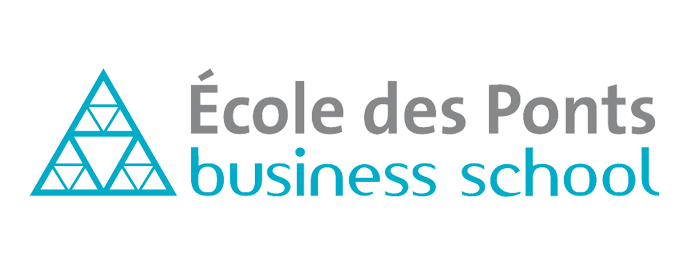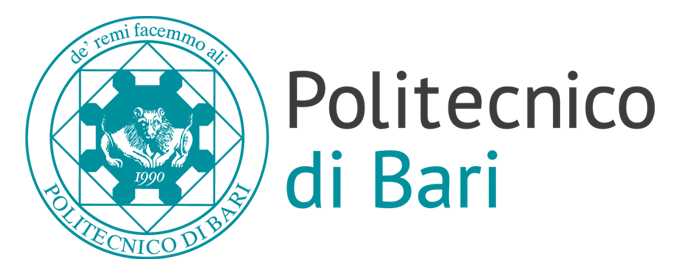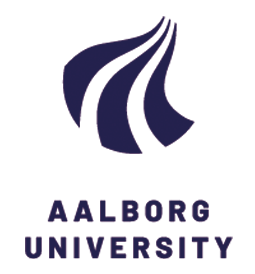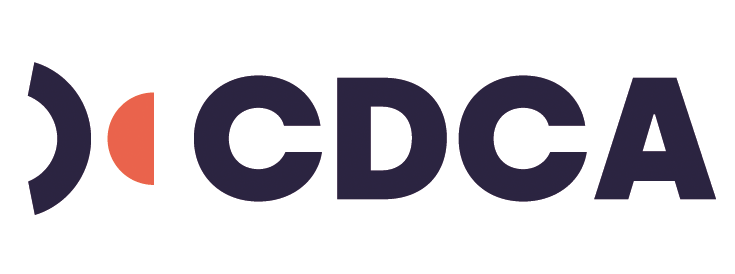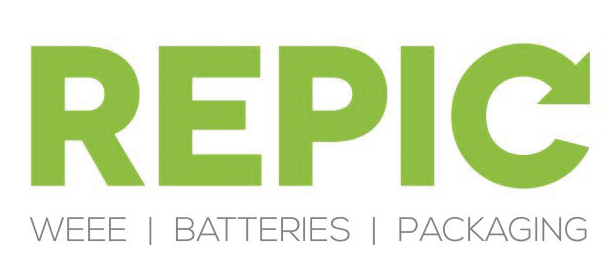Updated curricula for education and training: the CERES project enters phase 2
22 Aprile 2024
Hernan Ruiz from the École des Ponts Business School (EPBS) in Paris explains the activities of his working group within the CERES project. The aim is to develop updated curricula for higher education and vocational training. With a focus on technological skills and the circular economy
Closing the skills gap for the circular economy, both in the field of training and work, and thus supporting the ecological transition of the production system: the European CERES project was set up to achieve this necessary and urgent goal. Many actors are involved among the various European partners: companies, associations, and the world of education and training.
The project’s activities are organised in 4 macro areas with different but complementary fields of investigation and action: a first part of the work will focus on needs analysis, i.e. assessing the gap between market needs, in terms of new competences and skills, and the existing training offer on circular economy.
In addition to the needs analysis, work will be done on the development of updated curricula for higher education and vocational training and the implementation of these updated curricula through courses and modules. One of the leaders of the work packages in the CERES project is Hernan Ruiz, a senior researcher at the Circular Economy Research Center (CERC), which is part of the EPBS (École des Ponts Business School). In this short interview, he explains how the work is progressing in developing the curricula of the CERES project, which is crucial for the next steps.
The CERES project is still in the development phase. What is your working group working on?
The CERES project has been divided into six work packages. We are working on Work Package 2. It aims to develop two ‘training curricula’ by reviewing existing training proposals at European and country levels in Vocational Education and Training(VET) and Higher Education(HE), including emerging trends in technology and innovation.
In addition, we are trying to introduce a multidisciplinary curricula design using innovative approaches, including digital teaching and new delivery and assessment methods. Then, there will be a phase of designing the training material, and we will develop a MOOC (massive open online course ) to provide learners with online access to some of the training modules developed during the project. We are also developing the syllabus and the content that we will include in the courses, including videos, readings, and other activities. Finally, we are working on the definition of the evaluation criteria.
Which European documents were taken into account for the development of the CERES competence map?
The methodology for developing the competence map included a comprehensive overview of several European documents, highlighting two types of documents. The first category is related to documents that help us define the requirements for the content certification. We can mention the European Qualification Framework, which is aligned with the Bologna process. Then, we have the European Learning Model and the micro-credentials approach for cross-country recognition of the certifications.
The second category of documents allowed us to define the competences to be included in the content of the curricula. We can mention, for example, the key competences for lifelong learning, the European Framework of Entrepreneurial Competences (EntreComp) and the European Framework of Competences for Sustainability (GreenComp). The European reference framework for digital competences is DigComp 2.1, while for personal, social, and learning competences, we reviewed the LifeComp.
With the course development related to Work Package 2, we would like to promote the objectives of the different strategies of the European Commission, such as the EU Green Deal, the Digital Agenda, Digital Transformation, and the Digital Strategy.
What does theEuropean Learning Model (ELM)consist and why is it so important for the definition of a competence framework?
The European Learning Model is a multilingual data model developed by the European Commission that provides a common vocabulary to describe the level of learning in Europe. The idea is to offer a single format in all Member States to describe certificates of attendance, examination results, degrees and diplomas, or other types of diplomas, professional certifications, letters of recommendation, and any other document. In this way, the European Commission wants to facilitate the exchange of information and qualifications for learning opportunities in Europe through the issue of digital credentials.
What are micro-credentials and what role do they play in the education and training of those of working age?
Micro-credentials and the European Learning Model go hand in hand because they have a common goal of recognizing competences at the European level. As defined by the European Commission, micro-credentials certify the learning outcomes of a short learning experience, such as a short course or training, and can be combined to form broader credentials or qualifications. The evidence is contained in a certificate that states the holder’s name, the learning outcomes achieved, the method of assessment, the awarding body, and, if applicable, the level of qualifications and credits obtained. The certificate will enable the learner to get recognition of qualifications in other countries.
How does the circular economy fit into the skills framework outlined in the study?
In the project, we define the need for curricula to focus on four main competence areas: entrepreneurial, digital, green, resilience, and soft skills. In designing the curricula, we consider the circular economy as a discipline that cuts across these competences. It includes, in fact, green and resilience skills because it requires an understanding of circularity practices aligned with sustainable goals and the implementation in a changing environment. But also entrepreneurial skills because circular economy skills will help create innovative circular solutions, including circular products, services, and business models. Furthermore, digital skills will enable the implementation of circular practices by helping to minimize the environmental footprint and promote sustainable and efficient waste and resource management.
How can companies contribute in shaping the skills needed for the double transition?
Companies can play a central role. For example, companies can conduct internal assessments regularly over time to identify which specific areas they need to focus on for the transition to the digital and circular economy. This implies that they should have processes in place to assess the individuals and the technologies and environmental impacts of each activity.
Companies should also provide training programs to provide employees with the skills needed in today’s labor market and invest in the growth, reskill, and upskilling of their human capital. Therefore, they need to pay close attention to training courses related to digital technologies, data analysis, artificial intelligence, cybersecurity, sustainability, and the principles of the circular economy.
Finally, I would like to mention how crucial stakeholder involvement is because collaboration is one of the key factors in making the circular economy a widespread reality. Therefore, employees, customers, suppliers, and the entire community can provide valuable feedback and guidance to understand better the different perspectives and skills needed to support the dual transition.
What should governments do to encourage the development of skills related to the circular economy?
There are several financial, political, and social barriers to overcome. First, economic barriers exist because the transition to the circular economy requires tangible and intangible investments such as employee training, and sometimes, companies do not have the financial resources to do so. Therefore, there is a need for an active role of governments to implement policies that incentivize the adoption of circular practices, such as tax incentives, subsidies, and a regulatory framework that encourages and facilitates companies to embrace circularity, as well as financial support for training programs.
In addition to these, there are various social barriers. Some companies claim to implement circular practices but, in reality, do not. Other companies are unaware of circular economy principles and continue their business-as-usual activities. So, more awareness about the circular economy from every actor is essential. Finally, I would add collaboration: as I said before, all actors, from companies to governments to educational institutions, must promote the integration of the circular economy into the workforce.
What will it take for skills to be transferred into the world of work?
We are in a period of transition. Skills are still lacking because the circular economy is a recent concept itself. We need further insights from industry professionals and companies that provide information on their employment needs to implement circular solutions. At the same time, we need to recognize the centrality of education in the digital transition, as digital technologies are enablers for the circular economy. Finally, the role of educational institutions is to provide up-to-date content because workers, in this rapidly changing context, must be equipped with the knowledge and skills necessary to understand and actively participate in and support the green and digital transition. This is ultimately the goal of the CERES project.
Read the reasearch work done by Hernan and his working group: “Competency Maps“

